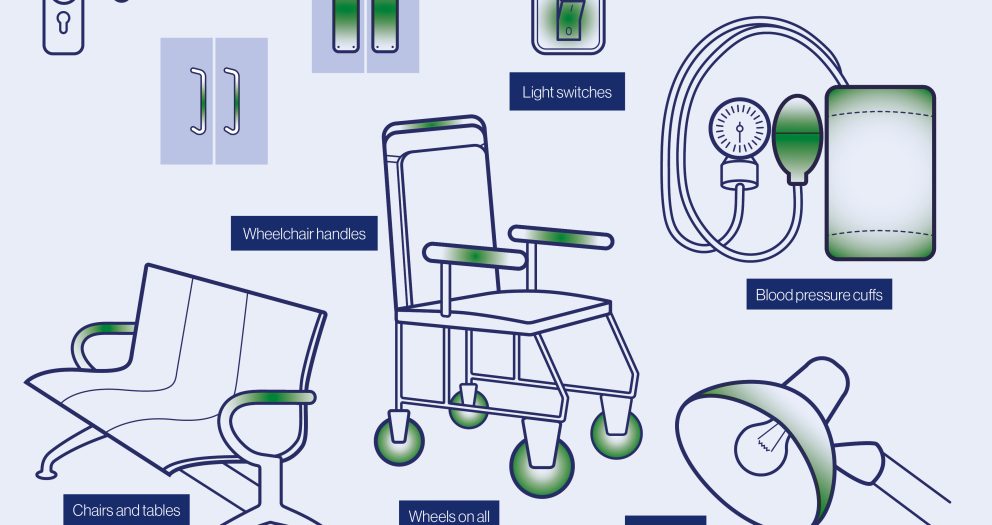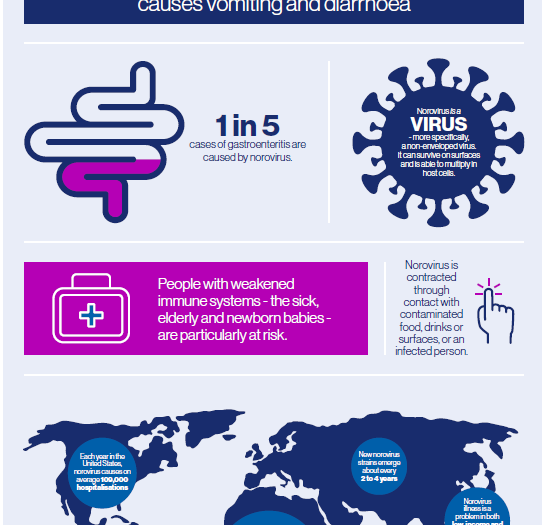A Staphylococcus aureus infection is caused by the Staphylococcus bacteria and most often affects the skin through blisters or painful bumps. Although rare, the bacteria can also cause more serious infections. We’ve put together this short guide of key information, with links for further guidance.
WHAT IS STAPHYLOCOCCUS AUREUS?
Staphylococcus aureus (Staph) is a bacteria that is commonly found in the upper respiratory tract and on the skin. Usually it causes no harm and can be present in healthy individuals, in fact around 30% of people carry the germ in their noses.
Staph bacteria can however, cause infections which range from minor skin complaints to life-threatening conditions, occurring when the bacteria spreads to the bloodstream and gets deeper into the body via joints, bones, lungs, or the heart. It can also trigger pneumonia, sepsis, heart failure, or a bone infection.

WHAT ARE THE SYMPTOMS OF A STAPHYLOCOCCUS AUREUS INFECTION?
Symptoms of a Staph infection can vary widely as the infections themselves range in such severity. Patients can experience anything from minor skin issues to endocarditis – an infection of the heart’s endocardium that can be life threatening.
Skin infections caused by Staph include:
- Boils – a common type of staph infection that causes pus to swell around a hair follicle or oil gland.
- Impetigo – a contagious, sometimes painful rash that can cause blisters.
- Cellulitis – a swelling on the skin surface that is caused by an infection in the deeper layers of skin.
- Staphylococcal scalded skin syndrome – comprising a fever and raw rash that mostly affects babies and children.
Some strains of Staph bacteria can cause Toxic Shock Syndrome which is life-threatening and can be identified by the following symptoms:
- Feeling sick (nausea)
- Being sick (vomiting)
- A high temperature of 38°C or above
- Confusion
- Diarrhoea
- Stomach pains and muscles aches
- A rash on the palms of a patient’s hands or soles of their feet that appear to look like sunburn.
In healthcare facilities, the risk of more serious Staph infections can be higher due to patients’ weakened immune systems. This means there is a risk of sepsis or bacteremia, pneumonia, endocarditis, or osteomyelitis.

HOW TO PREVENT A STAPHYLOCOCCUS AUREUS INFECTION?
There are several simple steps people can take to prevent or lower the risk of a Staph infection. These include:
- Regular handwashing with soap and water for at least 20 seconds, particularly before eating, after using the toilet, after handling raw meat, and after touching an animal.
- Keeping wounds covered with dry, sterile bandages until healed, as the pus from infected cuts and abrasions can contain Staph bacteria.
- Avoiding sharing personal items like towels, sheets, razors, and clothing.
- Washing clothing and bedding regularly in hot water as Staph bacteria can survive on both if not washed properly.
- Changing tampons frequently as if left in for a long period of time, the Staph bacteria can increase and lead to Toxic Shock Syndrome.
- Ensuring food safety by washing hands before handling food and ensuring that it stays hot (60C) if sitting out for a while. Similarly, leftovers should be refrigerated as soon as possible and counters and equipment should be cleaned thoroughly with soap and water.

WHAT ARE THE TREATMENT OPTIONS?
Many minor skin Staph infections will go away on their own following the appropriate hygiene requirements. However, sometimes patients may require a course of antibiotics. Different antibiotics can be prescribed to treat different infections.
If a skin infection has occurred, draining the fluid may be necessary. And should the infection involve a device – like a breath tube or urinary catheter – or prosthetic, removal of these is required.

ARE THERE ANY VULNERABLE GROUPS?
Anyone can develop a staph infection however, there are certain groups considered to be more at risk. These include people who inject drugs and those with:
- Weakened immune systems
- Burns
- Surgical wounds
- Diabetes
- Cancer
- Vascular disease
- Lung disease
- Eczema
The risk of a more serious Staph infection is higher in healthcare settings, as patients are likely to have weakened immune systems or have just undergone surgery.

WHAT IS THE INCUBATION PERIOD?
Staph bacteria can be carried by people without harm, causing no symptoms or infections. If a Staph infection does occur, it’s likely that the bacteria which caused it was present in the body for a length of time already.
The bacteria can be transmitted from person to person and is also able to survive stomach acid and extremes of temperature.

WHERE TO FIND MORE INFORMATION?
There are many useful resources available on both the Staphylococcus Aureus bacteria and the infection it causes. The below websites provide advice and information on avoiding the bacteria, spotting symptoms, and how to treat an infection.
Centres for Disease Control and Prevention
MANAGING THE THREAT OF STAPHYLOCOCCUS AUREUS
Staphylococcus Aureus is a common bacteria, found in the upper respiratory tract and skin. It can be carried by people without harm, causing no symptoms or infections. However, should an infection occur it can be life-threatening. There are a number of simple steps that can prevent or lower the risk of an infection, including good basic hand hygiene, workplace cleanliness, and keeping wounds and abrasions dry and sterile.

Join us in the fight against Staphylococcus Aureus infections. Download our infographic to help us raise awareness and prevent the spread of this virus.





